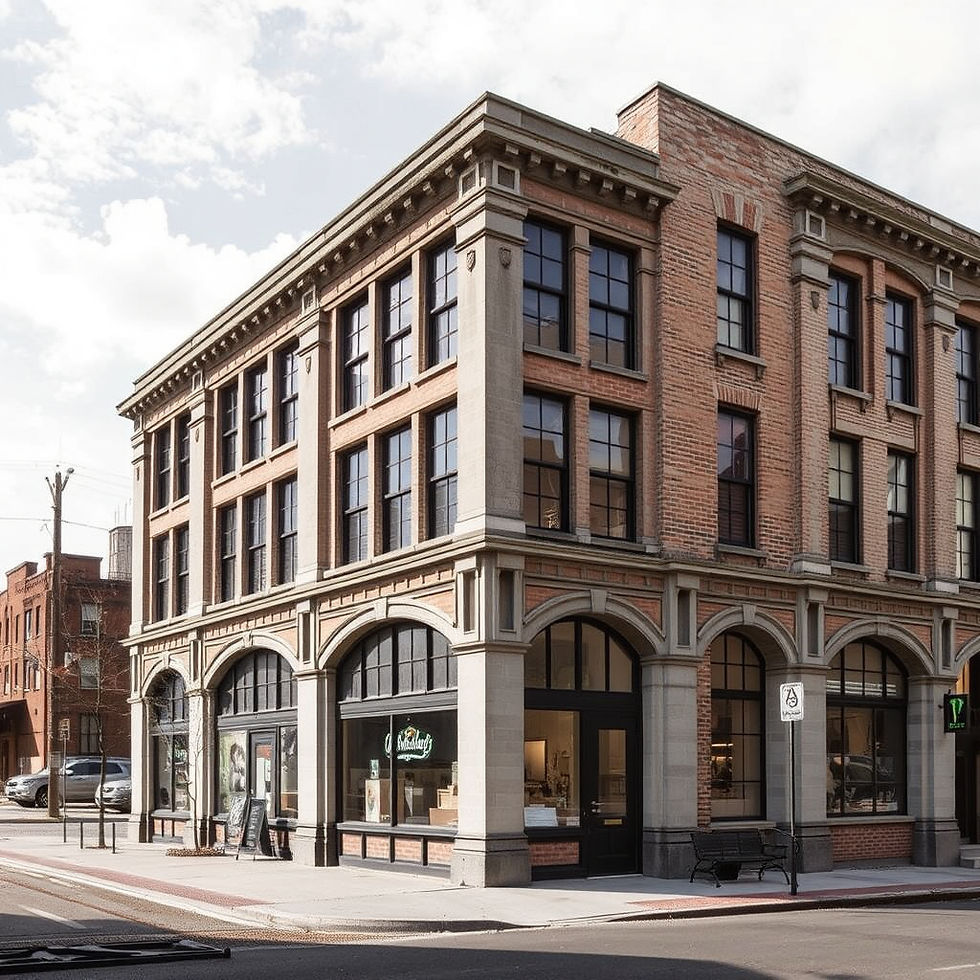Sustainable Restoration: Preserving Italy's Heritage While Protecting Our Future
- Phase Zero
- 3 days ago
- 3 min read
When restoration work began on Venice's St. Mark's Basilica, conservators faced an intricate challenge: how to preserve one of the world's most precious architectural treasures while minimizing environmental impact. Their solution exemplifies a growing movement in Italian heritage restoration—the integration of sustainable practices with time-honored conservation techniques. This approach ensures that preserving our past doesn't compromise our future.
The Philosophy Behind Sustainable Restoration
Sustainable restoration in Italy is built on a fundamental principle: respect for historical integrity combined with environmental responsibility. It's not about choosing between preservation and sustainability—it's about recognizing that true conservation must consider environmental, social, and cultural dimensions simultaneously. This holistic approach has become the gold standard for heritage projects across the country.
Natural and Recycled Materials: The Foundation
Italian restoration projects increasingly prioritize locally sourced, natural materials—stone, wood, and clay—that have minimal environmental impact and authentic historical resonance. Beyond traditional materials, innovative approaches now incorporate recycled elements: salvaged bricks from demolished structures, reclaimed steel, and even waste products transformed into durable building components.
This practice of "urban mining"—salvaging materials from old buildings for reuse—represents a paradigm shift in restoration philosophy. Rather than discarding historical materials, conservators recognize their value and give them new life. This approach reduces waste, supports local economies, and maintains authentic material continuity with the building's original construction.

Energy Efficiency Without Compromise
One of the greatest challenges in heritage restoration is improving energy efficiency while preserving architectural character. Modern sustainable techniques address this through passive design strategies: enhanced thermal insulation, improved ventilation systems, and upgraded windows that maintain historical appearance while reducing energy consumption.
The key innovation is invisibility. Structural reinforcements using carbon fiber or steel strengthen buildings without altering their exterior appearance. Mechanical systems are carefully concealed. Energy-efficient upgrades are implemented with such sensitivity that visitors experience the building's original aesthetic while enjoying contemporary comfort.
Technology Meets Tradition
Advanced digital tools have revolutionized restoration planning. 3D scanning and Building Information Modeling (BIM) enable architects to analyze buildings with unprecedented precision, identifying degradation patterns and planning interventions that are minimally invasive and historically accurate. These technologies ensure that every decision is informed by comprehensive data, reducing guesswork and protecting irreplaceable structures.
A Comprehensive Methodology
Sustainable restoration follows a rigorous, integrated process: detailed building surveys, diagnosis of degradation, historical research, analysis of original construction techniques, careful design of interventions, precise execution, and ongoing monitoring. This comprehensive approach ensures that sustainability considerations are woven throughout every phase, not added as an afterthought.

Real-World Impact
The results speak for themselves. Historic neighborhoods across Italy are experiencing economic revitalization as restored buildings attract tourism, support local commerce, and create employment. Beyond economic benefits, these projects preserve cultural identity and maintain the distinctive character that makes Italian cities irreplaceable.
The Designer's Role
For interior designers and architects, sustainable restoration represents both responsibility and opportunity. It demands deep knowledge of historical techniques, materials, and aesthetics. It requires creativity in solving complex problems—how to integrate modern systems into centuries-old structures, how to enhance functionality without compromising authenticity.
Yet it also offers profound satisfaction: the knowledge that your work preserves irreplaceable cultural heritage while contributing to environmental sustainability. In an era of climate consciousness, sustainable restoration proves that preservation and environmental responsibility are not competing values—they're complementary imperatives.
Looking Forward
As Italy continues to invest in heritage restoration, and as clients increasingly demand sustainable practices, the integration of environmental responsibility with conservation excellence will only deepen. The buildings we restore today will stand as testament to our commitment to both cultural preservation and environmental stewardship—a legacy worthy of Italy's magnificent architectural heritage.



